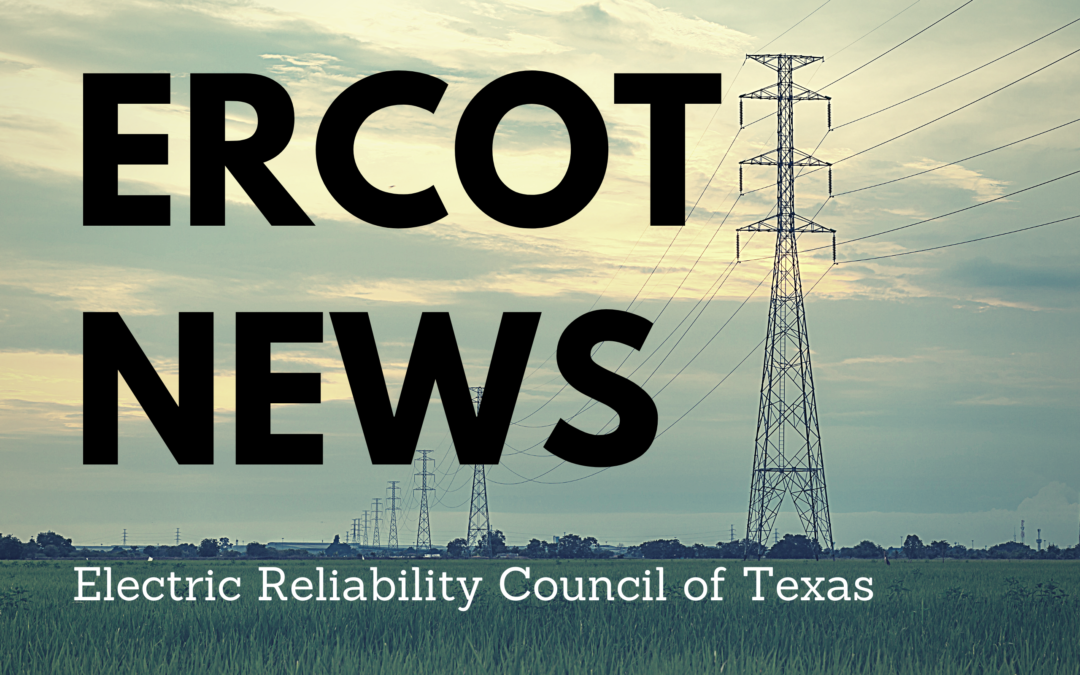This push-and-pull dynamic means that crypto miners possess an almost unique ability to both strain grid operations because of their energy-intensive mining operations, and to enhance their own revenues by helping to resolve grid strain.
________________________________________________
A crypto mining company that collected tens of millions of dollars by voluntarily reducing its energy consumption during the August heatwave finds itself at the center of a controversy over those payments.
In a joint September 15 news conference, consumer groups Sierra Club, Public Citizen and others decried a system whereby crypto miners and other major energy users can receive big payments for cutting back on their power consumption while the ERCOT grid operator simultaneously asks homeowners to do the same for free.

Adrian Shelley of Public Citizen
“These payments are unfair to Texans,” said Adrian Shelley, Texas Director of Public Citizen. “When you and I answer the call to conserve energy, we don’t get paid for that. We turn off our thermostats and we suffer in our homes.”
On September 13 Riot Platforms, a major bitcoin miner with operations in Rockdale, announced that it earned $31.7 million in energy credits during August for voluntarily curtailing its energy consumption during the state’s record-breaking heatwave. The total value of the credits dwarfed the $8.9 million it earned from mining 333 bitcoin during the month, according to media reports.
In a statement to investors, the company boasted that it made more by powering down its mining operations in Rockdale during August than all the money it collected in power and demand response credits during the entirety of 2022.
Separately, Bitdeer, another big bitcoin miner with operations in Texas, similarly acknowledged that it received an undisclosed amount of money for reducing its power usage during the heatwave.
Both companies and other “large flexible load” entities on the ERCOT grid can increase their revenues during shortage conditions by entering into agreements with their retail electric providers to sell unused power back to the grid in exchange for energy credits. Bitcoin miners also can enroll in demand response programs through which they receive compensation from ERCOT for reducing or shutting down power when called upon to do so.
Push-and-Pull Dynamic
This push-and-pull dynamic means that crypto miners possess an almost unique ability to both strain grid operations because of their energy-intensive mining operations, and to enhance their own revenues by helping to resolve grid strain.
Crypto mining operations also can cause power prices overall to increase, according to some analyses. For instance, a simulation conducted by the New York Times found that 10 mines in Texas have caused electric bills for power customers to rise by $1.8 billion per year.
However, Riot Platforms has disputed those conclusions and insists that its power strategy benefits the grid because bitcoin mines have the unique ability to quickly reduce large amounts electricity consumption with little effect on third parties, such as customers who otherwise might be harmed by a loss of power.
Riot officials also say the communities that host bitcoin operations benefit through the creation of new jobs. “Bitcoin miners are the number 1 employer in Rockdale. Bitcoin miners are also the number 1 taxpayer to Rockdale ISD,” said Riot vice president Pierre Rochard, according to media reports.
In 2021, Gov. Greg Abbott promised that Texas would become a crypto mining leader and claimed that the industry’s operations can bolster the grid. Subsequent efforts in the legislature that would have used state law to force large electric users to power down during an emergency died in committee. So did an effort to limit local governments from offering tax abatements to attract bit miners to their area.
According to media reports, Brad Jones, who served as interim CEO of ERCOT from May 2021 to November 2022, is a member of Riot’s advisory board.

